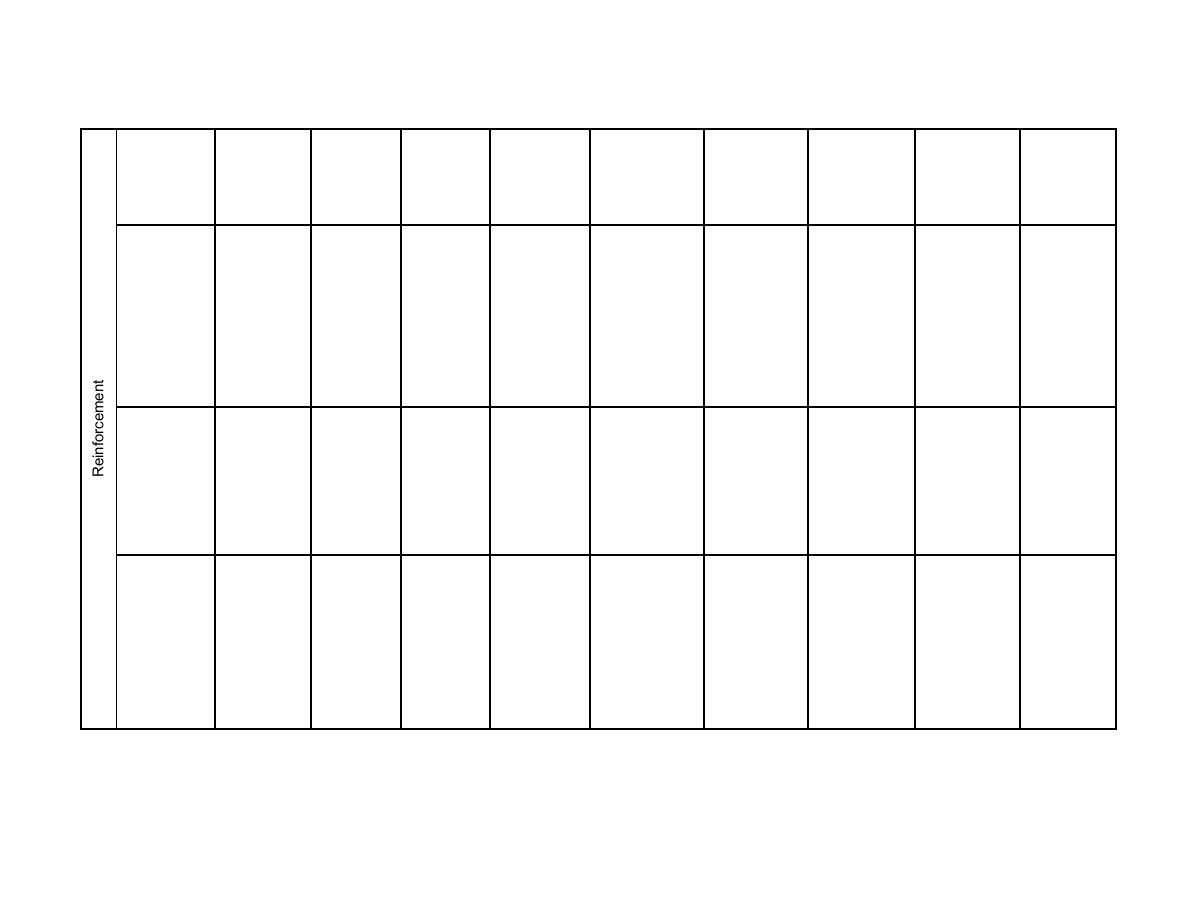
Table 8-7.1 Stabilization of Soils for the Foundations of Structures
Method
Principle
Most
Maximum
Economical
Special
Special
Properties
Special
Relative
Suitable
Effective
Size of
Materials
Equipment
of Treated
Advantages
Costs
Soil
Treatment
Treated
Required
Required
Material
and
(1976)
Condition/
Depth
Area
Limitations
Type
(feet)
Mix in Place
Lime,
All soft or
>20m
Small
Cement, lime,
Drill rig,
Moderate
Modified soil
Does native
Piles and
cement or
loose
or chemical
rotating
to high
piles or walls
soil, reduced
Walls
asphalt
inorganic
stabilization.
cutting and
of relatively
lateral
introduced
soils
mixing head,
high strength.
support
through
additive
requirements
rotating
proportioning
during
auger or
equipment
excavation;
special in-
difficult to
place mixer
exert quality
control.
Strips and
Horizontal
All
A few
Small
Metal or
Excavation,
Increased
Increased
Low to
Membranes
toenails or
meters
plastic strips,
earth
bearing
allowable
moderate
membranes
polyethylene,
handling and
capacity ,
bearing
buried in
polypropylene,
compaction
reduced
pressures,
soil under
or polyester
equipment.
deformations.
requires
footings
fabrics
over-
excavation
for footings.
>1500 m2
Vibro-
Gravel or
Hole jetted
Vibroflot.
Increased
Soft clays
Faster than
20 m
Moderate
replacement
crushed rock
into soft
crane or
bearing
and
pre-
to high,
stone
fine grain
vibro-cat,
capacity;
alluvial
compression.
relative to
columns
soils /
water
reduced
deposits
No
depth
backfilled
settlements
dewatering;
penetration.
w/ dense,
limited
compacted
bearing
gravel
capacity



 Previous Page
Previous Page
